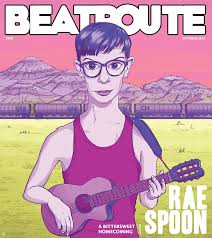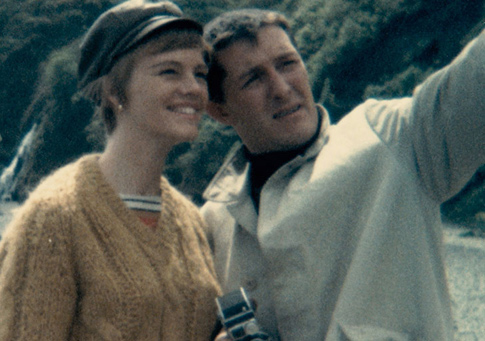Orientalism : How Western artists (film makers) represent gender, race, and ethnicity in cultures of North Africa and Asia. It is also known as a Western style for dominating, restructuring, and having control over the Orient. Lastly it is referred to as “imaginative geography” in terms of how it is expressed by the artist and perceived by the audience.
Visions of the East: Orientalism in Film. Ed. Matthew Bernstein and Gaylyn Studlar. New Jersey: Rutgers, The State University, 1997. Print.
The Lunchbox ( 2013/ Directed by Ritesh Batra/ Starring Irrfan Khan, Nimrat Kaur, and Nawazuddin Siddiqui)
The heartwarming film entitled, The Lunchbox, portrays a friendship between a young housewife (Lla) and an older accounts payable clerk ( Saajan Fenandes) in Mumbai, Maharashtra, India. Lla joins a lunch program in order to send homemade lunches to her husband, through the famous Mumbai dabbawalas. Dabbawalas are a delivery men, who deliver food from restaurants and homes to other destinations. Unfortunately, in the film, the delivery men keep sending Lla’s homemade lunches to Saajan’s office. This mix up results in a sincere and life changing relationship between the two above mentioned characters. The two began to exchange witty, intellectually stimulating, and anecdotal letters to each other by concealing them in the lunch containers. The relationship causes both of the characters to examine their own lives, serves as a motivational tool, and in the end gives both of the characters a more positive outlook on life.
I really enjoyed this movie due to elements of realism. Both of the characters depicted everyday people, who were just living their day to day lives. Nothing was over glamorized, for example there was a lack of excessive and elaborate makeup and wardrobe for the actors. Additionally, there was no film music, stunts, violence, intimate scenes, and product placement within this film. In terms of the relationship between the characters, it developed slowly and innocently. It became something of value, just as real relationships should. This is very different from the relationship dynamic depicted within many western films and soap operas. In these mediums, relationships often develop faster and tend not to last long, due to the emphasis on intimacy rather than friendship.
In the film, Lla is a middle aged woman, stay at home mother, and an emotionally abandoned wife. She portrays the epitome of a wife and reminds us (me) of our own mothers, because of her values. She is a good mother, puts care into cooking for her household, shows respect for the elderly (shown though dialogue with older neighbor), maintains her household,and dresses in a traditional and respectable way. As her friendship with Saajan continues, she becomes more confident. After her husband’s infidelity and the death of her father, Lla attempts to maintain her marriage by cancelling the lunch program deliveries and visiting Saajan in person. By the time she attempt these actions, Sajaan has already retired from his job and has cancelled his lunch program privileges. However, Lla’s attempts display her newly attained initiative and assertiveness.
Saajan is an older man who, after 35 years of working in accounts payable, is about to retire. As a result of the political, social, and economical climate in Mumbai and issues that occurred within his youth, he is very pessimistic, lonesome, simplistic, and a minimalist. He appreciates and looks forward to the letters that he receives from Lla. This takes away from his regular, stagnate, and habitual lifestyle. This gives Saajan a sense of purpose, social interaction with the opposite sex, and an increased sense of patience towards others that he relates to ( i.e. Shaikh).
This is a really great movie that I would definitely recommend to others.

















